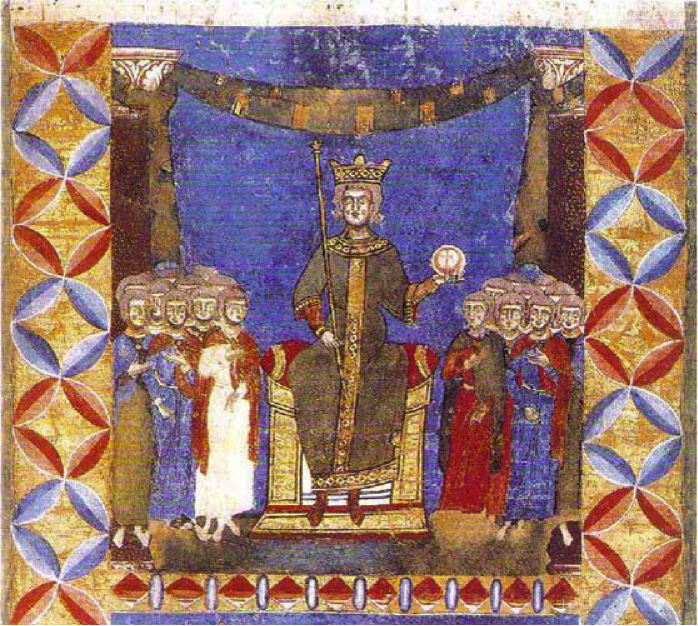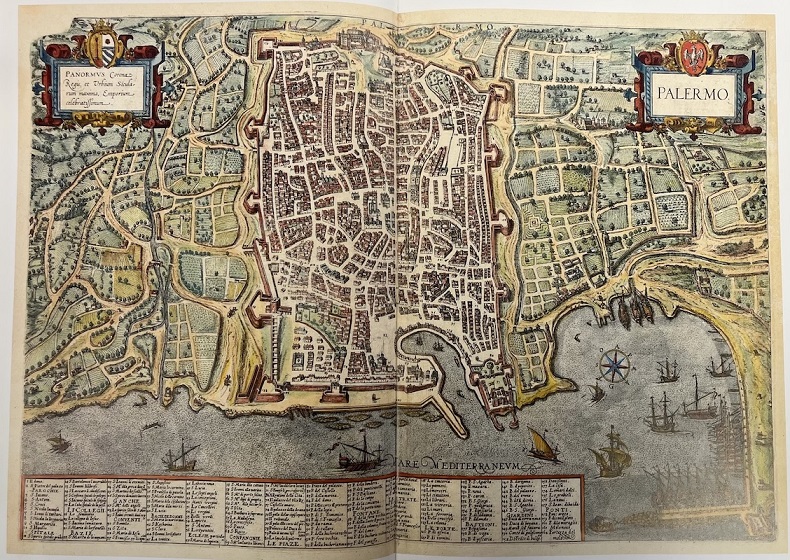1220-1266
Guido delle Colonne was born about or somewhat before 1220, and he was appointed judge in Messina, his native Sicilian town, in 1242. The Historia is a work of his maturity. It is not his first or only known literary activity. Though not actually a member of the magna curia (the court of Emperor Frederick II) in his younger days he belonged to that group of high officials and jurists who gathered at the court of Frederick II and, after his death, of his son Manfred.

This group was, among other things, instrumental in creating a school of vernacular poetry based on Provençal models, which was the first of its kind anywhere in Italy. The love songs composed at Frederick’s court stand at the beginning of Italian literature, and were praised by Dante and Petrarca. Guido, too, was a poet of some distinction who wrote in the new vein. His six canzoni, characteristic products of the court school and of the dolce stil novo, still hold an honourable place in the history of early Italian lyrics. On the one hand, it would be strange if Guido’s affiliation with the most advanced and progressive intellectual center of thirteenth-century Europe was not reflected in his treatment of the Trojan legend. We may a priori expect him to have a more enlightened approach than his medieval predecessors. On the other hand, it should be noted that Frederick’s was first and foremost a medieval knightly court, a focus of chivalry; even the new love poetry is an aspect of the chivalrous, not of the learned atmosphere of the emperor’s court. No wonder that Guido’s prose work, too, concerned as it was with a chivalrous subject, still contains a great deal of traditional medieval padding, though different than his model, the Roman de Troie.

| Last modified: | 14 July 2024 8.17 p.m. |

